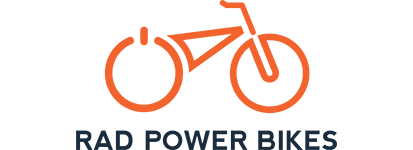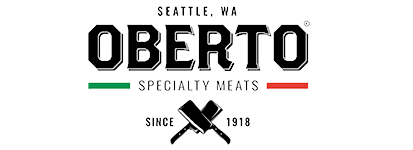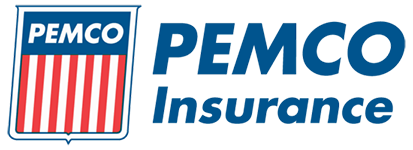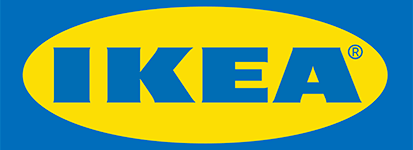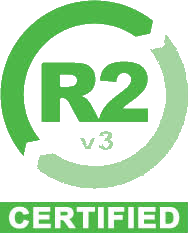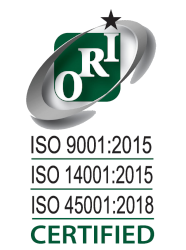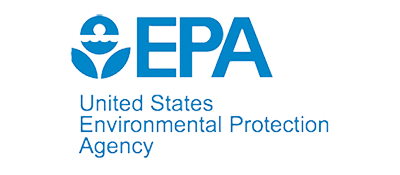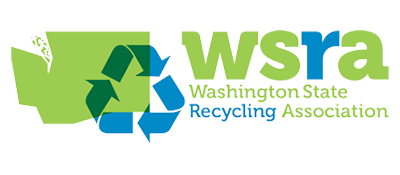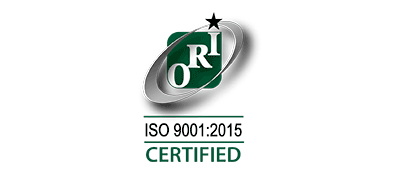Published on September 9, 2021, Updated on September 29, 2021
Our complete e-waste recycling process ensures that your items are responsibly handled and recycled.
We are a zero waste/zero landfill operation.
On-site Collection:
Contents
Our team will come to your location and pick up your end-of-life equipment or your recycling collection bins or totes. Our drivers and team are trained to handle your assets and data and keep them secure every step of the way.
Secure Transport:
Transporting sensitive electronic recyclables requires safe and secure handling and our team of trained asset handlers have what it takes. We take care of the logistics of pick up and delivery to ensure that the ewaste or electronics arrive safely.
Sorting:
Because e-waste contains many different types of materials, including plastics, glass, metals and more, there are several steps to recover the resources efficiently. Electronic items are first manually sorted. Some items are shredded to reduce them in size so that the reusable material within them is efficiently recovered. Items that should not be shredded or reduced, such as fluorescent lights, batteries, or hazardous materials.
Depending on the type of materials being recycled, there could be different outcomes: Refurbishing, Data Destruction, or Dismantle and Process
Refurbish:
Refurbished products are simply products that are still mostly in good condition but may need some servicing or part replacement to make it almost like new. This sustainable option keeps usable items out of the landfill and in the hands of people who need them.
Remarket/reuse:
The data from these electronics are securely removed first, then the products are reintroduced into the marketplace, thus keeping them out of landfills as long as possible.
Data bearing devices:
For computers, servers, tablets and phones – anything that carries your data – it’s crucial to properly destroy personal and confidential information, while keeping the products out of the landfill or in nefarious hands.
Secure data destruction:
There are different methods and levels of destruction available, depending on your requirements as well as what is in compliance with specific industry standards. Using the National Institute of Standards and Technology method of sanitizing hard drives and electronic media removes the data completely from a readable drive. Damaged drives are shredded.
Dismantle & Process:
Electronic items are reduced in size by shredding or crushing which breaks them down into fragments which can then be separated further. Magnets are used to remove steel and iron. Other methods are used to separate non-metallic materials from other metals like aluminum, brass, or copper. Plastic and glass are separated by using water. CRTs (cathode ray tubes), which contain toxins like lead, are handled in a separate process to avoid releasing these toxins into the environment or exposing them to humans and animals.
Recycle:
Once properly separated and cleaned, each of these types of materials are then sold or downstreamed to other recyclers so that they can be made into new products.
Reporting:
The last step after each of these methods is a complete reporting of the assets that were removed from the business, how and when they were processed, and a certificate of recycling or destruction is provided.
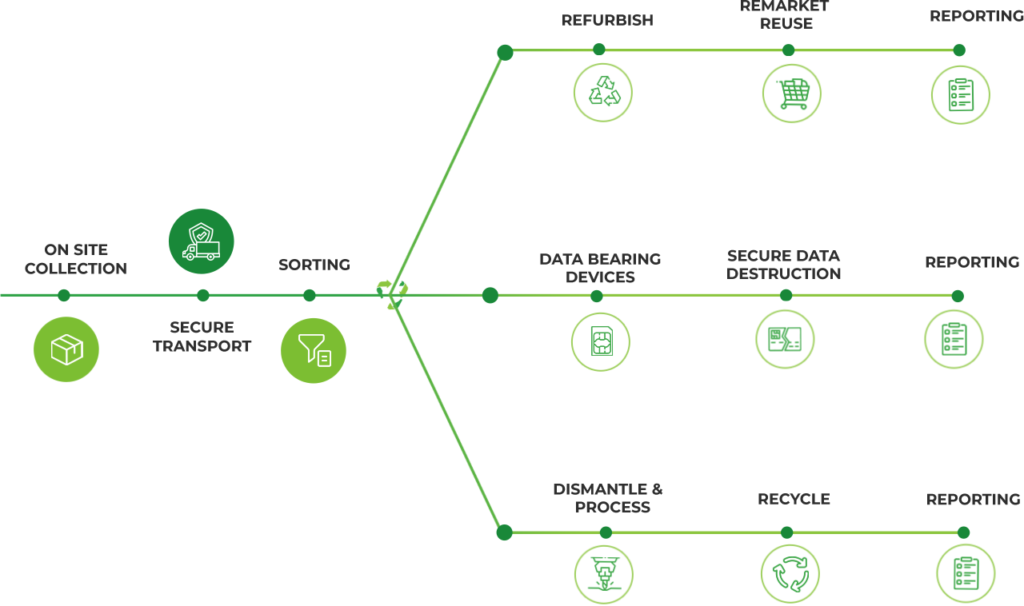
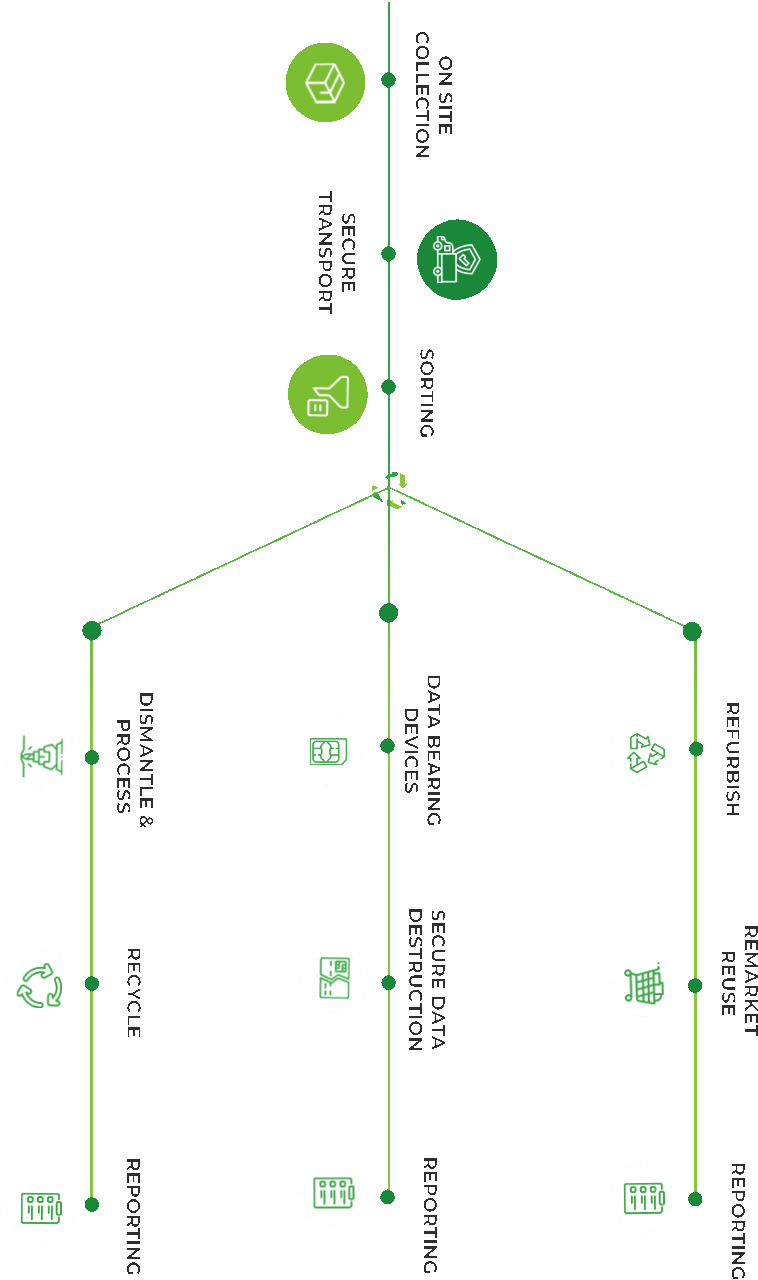
Our complete e-waste recycling process ensures that your items are responsibly handled and recycled. We are a zero waste/zero landfill operation.
On-site Collection:
Our team will come to your location and pick up your end-of-life equipment or your recycling collection bins or totes. Our drivers and team are trained to handle your assets and data and keep them secure every step of the way.
Secure Transport:
Transporting sensitive electronic recyclables requires safe and secure handling and our team of trained asset handlers have what it takes. We take care of the logistics of pick up and delivery to ensure that the ewaste or electronics arrive safely.
Sorting:
Because e-waste contains many different types of materials, including plastics, glass, metals and more, there are several steps to recover the resources efficiently. Electronic items are first manually sorted. Some items are shredded to reduce them in size so that the reusable material within them is efficiently recovered. Items that should not be shredded or reduced, such as fluorescent lights, batteries, or hazardous materials.
Depending on the type of materials being recycled, there could be different outcomes: Refurbishing, Data Destruction, or Dismantle and Process
Refurbish:
Refurbished products are simply products that are still mostly in good condition but may need some servicing or part replacement to make it almost like new. This sustainable option keeps usable items out of the landfill and in the hands of people who need them.
Remarket/reuse:
The data from these electronics are securely removed first, then the products are reintroduced into the marketplace, thus keeping them out of landfills as long as possible.
Data bearing devices:
For computers, servers, tablets and phones – anything that carries your data – it’s crucial to properly destroy personal and confidential information, while keeping the products out of the landfill or in nefarious hands.
Secure data destruction:
There are different methods and levels of destruction available, depending on your requirements as well as what is in compliance with specific industry standards. Using the National Institute of Standards and Technology method of sanitizing hard drives and electronic media removes the data completely from a readable drive. Damaged drives are shredded.
Dismantle & Process:
Electronic items are reduced in size by shredding or crushing which breaks them down into fragments which can then be separated further. Magnets are used to remove steel and iron. Other methods are used to separate non-metallic materials from other metals like aluminum, brass, or copper. Plastic and glass are separated by using water. CRTs (cathode ray tubes), which contain toxins like lead, are handled in a separate process to avoid releasing these toxins into the environment or exposing them to humans and animals.
Recycle:
Once properly separated and cleaned, each of these types of materials are then sold or downstreamed to other recyclers so that they can be made into new products.
Reporting:
The last step after each of these methods is a complete reporting of the assets that were removed from the business, how and when they were processed, and a certificate of recycling or destruction is provided.
SOME OF OUR CLIENTS



